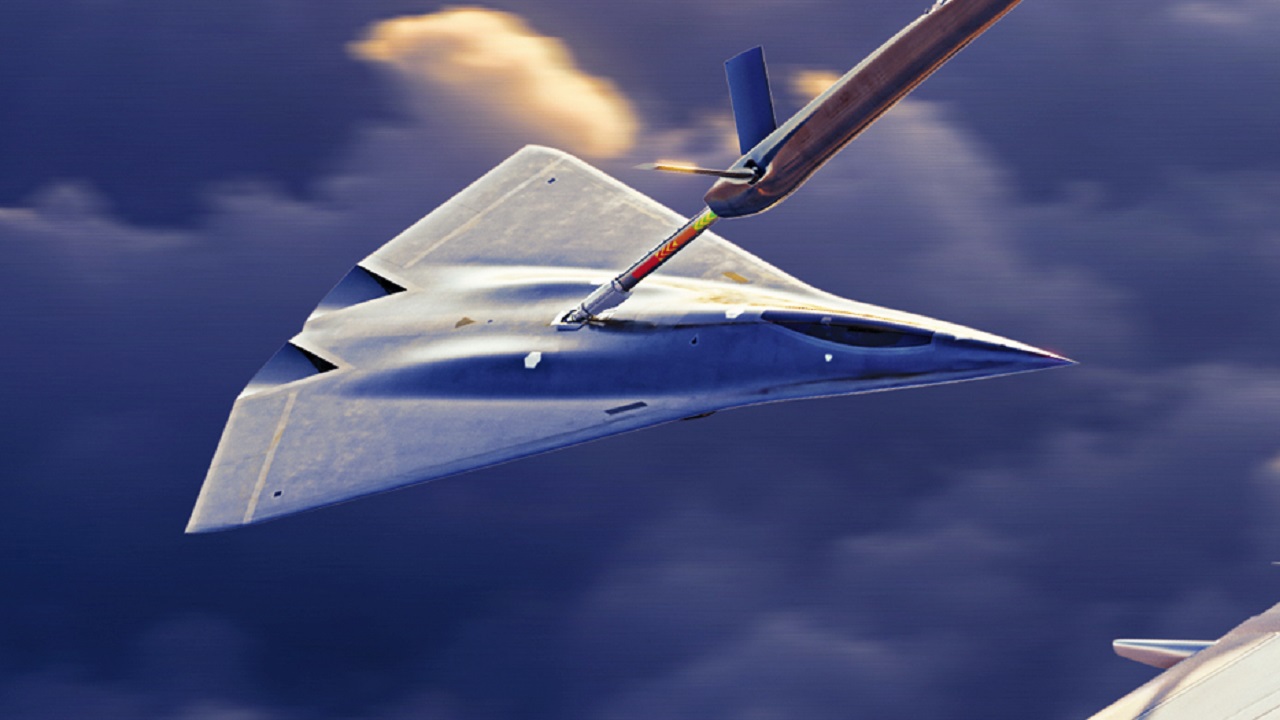What is the potential cost in lives if the Pentagon decides to cancel the Next Generation Air Dominance (NGAD) program to develop a sixth-generation stealth fighter jet?
Whatever it may be, this incalculable quantity cannot be associated with any dollar value. Human lives are priceless, and more American servicemembers will likely risk injury or death in combat in a future without a sixth-generation U.S. aircraft. Adversaries such as China and Russia are not only producing fifth-generation aircraft already — the Su-57 and J-31 — but they are also stewarding their own sixth-generation efforts. That means we have to ponder the consequences of an enemy able to establish air supremacy over the United States in a war.
Decision-makers need to be aware of those consequences when they consider concerns that the NGAD program simply costs too much. Should an adversary have reason to believe they could quickly achieve air supremacy in an engagement, the U.S. loses the ability to deter a war.
An actual combat engagement in which the U.S. loses air superiority, or perhaps never even establishes it, is unthinkable right now. If it became a reality, it could be catastrophic in terms of lives lost and damaged technologies, platforms, and systems.
The Pentagon and military services should of course make every effort to reduce costs by solidifying requirements and streamlining supply chain complexities. The U.S. Air Force plans to spend as much as $2.3 billion on NGAD in 2024, and costs are likely to increase as production and prototyping ramp up more fully.
As is often the case with new, paradigm-breaking technologies, up-front costs tend to be much higher than regular production costs, in large measure due to what is called non-recurring developmental costs. This was the case with the highly visible U.S. Navy Ford-class aircraft carrier program, which received consistent criticisms for delays and cost overruns. By contrast, the B-21 program has largely been on time and on budget, suggesting that large program development can vary considerably depending on the technologies involved and the overall maturity of the design.
Yet another factor to consider with the NGAD is the value-added of digital engineering, which is a big reason why early prototypes are already airborne, years ahead of what was anticipated. By using advanced computer simulations to replicate parameters for weapons performance, designers and engineers can assess multiple options without needing to first “bend metal.”
Developers do not need to spend many years building numerous prototypes. They can instead narrow down design and technology choices well in advance of actually building a system. Senior Air Force leaders have for many years said that the NGAD program benefited substantially from the use of digital engineering. So did other programs, such as the Air Force’s new Sentinel ICBM.
When one considers the costs of a new platform, up-front developmental expenses need to be accounted for. But most of all, one needs to weigh the possibility of simply not building a sixth-generation aircraft. This would of course put lives and U.S. assets at much greater risk of successful attack, resulting in billions of dollars of destroyed equipment such as tanks, aircraft, or fixed infrastructure.
Should we leave an adversary with the ability to quickly achieve aerial overmatch, the entire U.S. fleet of F-35s is first in line in being much more likely to be destroyed. The absence of sixth-generation speed and stealth technology would also place fifth-generation aircraft at much greater risk of being hit by advanced enemy air defenses.
One final factor to consider is that an effective sixth-generation stealth fighter could perform missions that would otherwise require much greater numbers of fourth-generation aircraft. This means that the actual operational expense associated with a sixth-generation aircraft could drop considerably when it comes to actual combat use of aircraft.
We might save money now by scrapping the NGAD, but we would pay a dear price down the line.
Kris Osborn is the Military Affairs Editor of 19FortyFive and President of Warrior Maven – Center for Military Modernization. Osborn previously served at the Pentagon as a Highly Qualified Expert with the Office of the Assistant Secretary of the Army—Acquisition, Logistics & Technology. Osborn has also worked as an anchor and on-air military specialist at national TV networks. He has appeared as a guest military expert on Fox News, MSNBC, The Military Channel, and The History Channel. He also has a Masters Degree in Comparative Literature from Columbia University
RELATED: How To Sink A $3 Billion Dollar Submarine: Leave A Hatch Open
RELATED – Ukraine War Ending: Putin Sick with Cancer and Passes Away?

